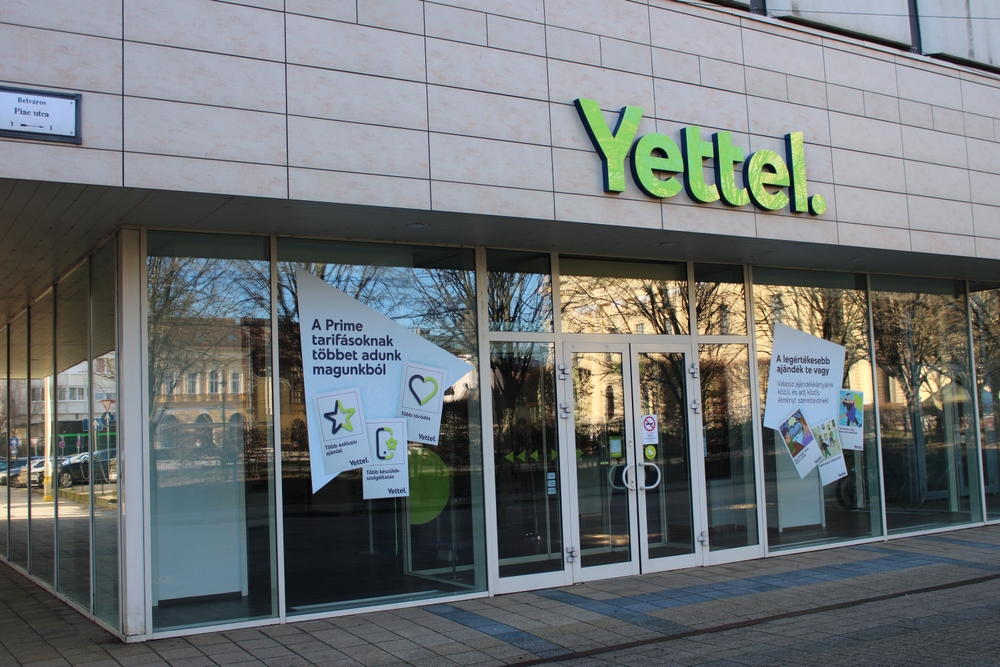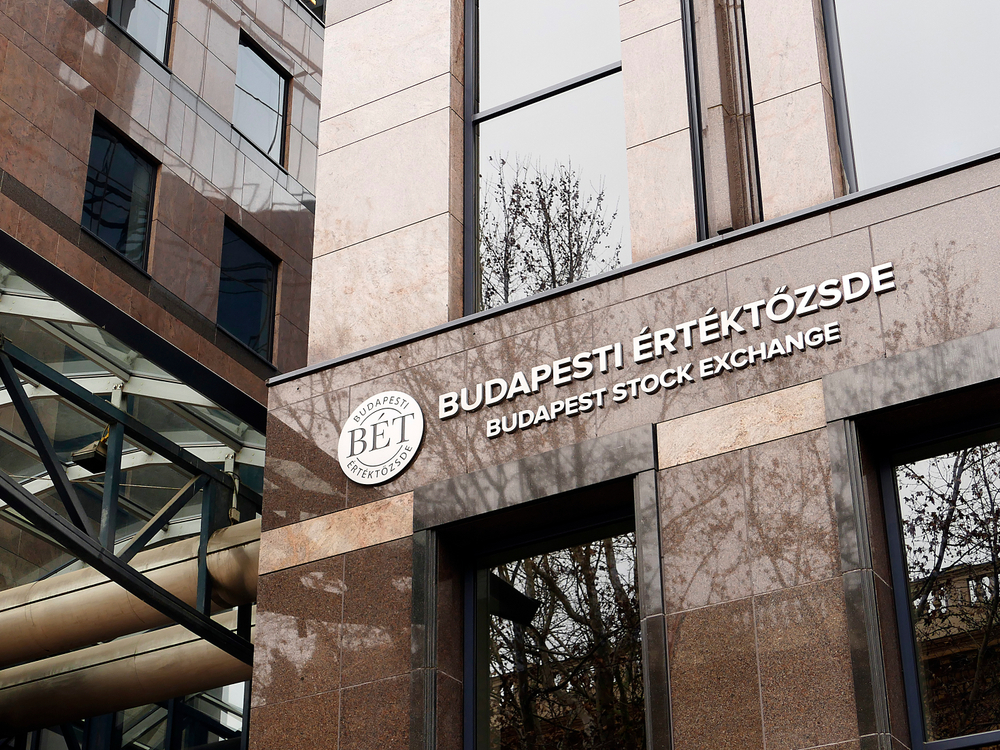Insurers‘ premium revenues up 5.6% in Q2

shutterstock
Hungarian insurersʼ second-quarter revenues from premiums rose 5.6% year-on-year to HUF 231.1 billion, fresh data compiled by the National Bank of Hungary (MNB) show, as reported by state news wire MTI.
Revenue from premiums on life insurance policies rose 1.5% to HUF 117.1 billion, while revenue from general insurance premiums increased 10% to HUF 114 bln, the Q2 figures reveal.
The number of insurance contracts rose by 3.7% in Q2 year-on-year to 13.02 million. There were 2.38 mln life insurance contracts at the end of June, up 0.6%, and 10.82 mln non-life contracts, a 4.5% rise.
In the first half of the year, revenues from premiums reached HUF 485.8 bln, up 6.2% compared to H1 2016. Revenues from premiums on life insurance policies rose 3.2% to HUF 228 bln, while revenues from general insurance policies were up 8.9% at HUF 267.7 bln, MTI reported.
By the end of the second quarter, home insurance policies generated over HUF 58 bln in premium revenues, while revenues from premiums on mandatory vehicle insurance amounted to over HUF 82 bln and those on comprehensive vehicle insurance to nearly HUF 39 bln.
Paid claims up, profits stagnate
Claims paid out by insurers by the end of June amounted to HUF 181.4 bln for life insurance contracts and HUF 111.41 bln for non-life contracts. In H1 2017, insurers thus paid out a combined HUF 292.8 bln of claims, up 12.8% compared to H1 2016.
The MNB gathered data from 27 insurers, including eight life insurance companies, 10 non-life insurers and nine composite insurers. Data show combined pre-tax profits stood at HUF 34.13 bln in H1 2017, down 1.6% from the corresponding period a year earlier, while after-tax profit edged up 0.8% to HUF 32.13 bln.
The capital adequacy ratio calculated at the sector level, calculated according to the Solvency II regulatory framework, which entered into force on 1 January 2016, continued to be stable, as seen in previous periods.
In Q2 2017, the sector-level capital adequacy ratio was 224.3%, reflecting a slight increase of 1.8 percentage points relative to the previous quarter, and an increase of 11.4 percentage points relative to Q2 2016. The ratio significantly exceeded the requirements of 100% prescribed by law and the prudentially required 150% under the MNBʼs statutory provision recommendation increased by a volatility capital buffer, MTI noted.
Nearly three-quarters of the insurance companies concerned (20 institutions) had a solvency margin ratio, calculated from eligible own funds and the solvency capital requirement, above 200%.
SUPPORT THE BUDAPEST BUSINESS JOURNAL
Producing journalism that is worthy of the name is a costly business. For 27 years, the publishers, editors and reporters of the Budapest Business Journal have striven to bring you business news that works, information that you can trust, that is factual, accurate and presented without fear or favor.
Newspaper organizations across the globe have struggled to find a business model that allows them to continue to excel, without compromising their ability to perform. Most recently, some have experimented with the idea of involving their most important stakeholders, their readers.
We would like to offer that same opportunity to our readers. We would like to invite you to help us deliver the quality business journalism you require. Hit our Support the BBJ button and you can choose the how much and how often you send us your contributions.









